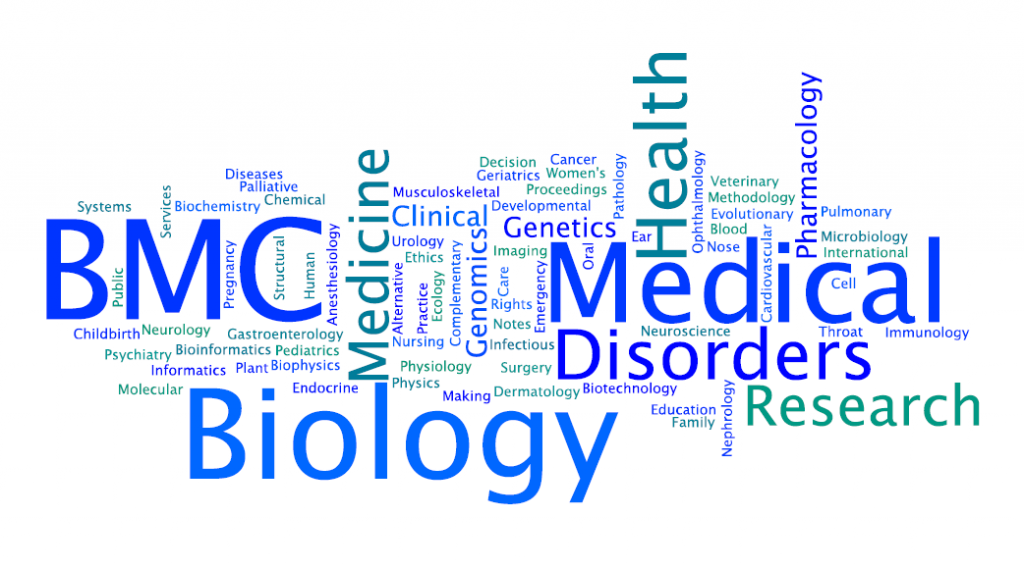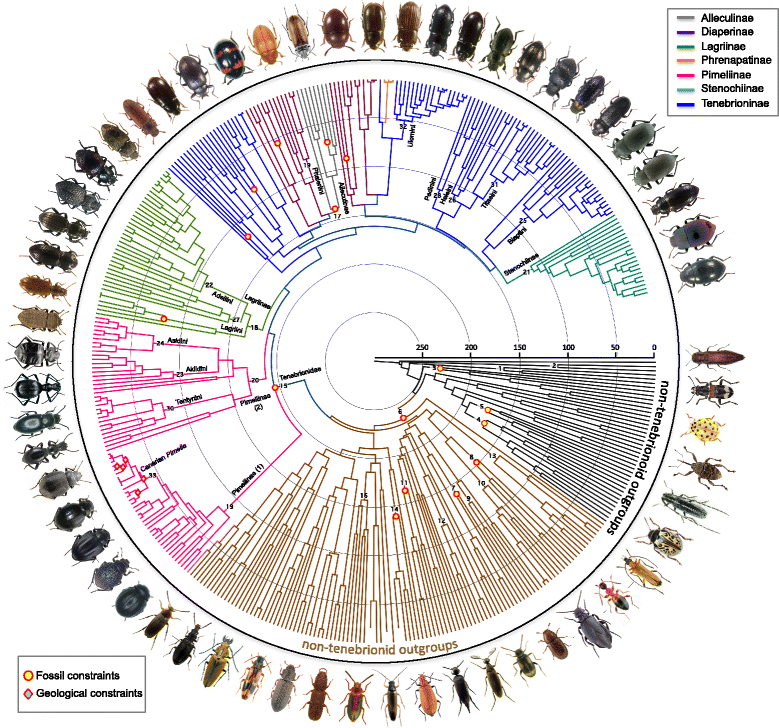Delivering cannabis more effectively • Proteins in the extremes • Predicting C.difficile drug targets • The best treatment for canine epilepsy • Treating the elderly cancer patient • Taming Arabidopsis • Just another incentive scheme • The cure for a broken heart?

Pharmacology: Delivering cannabis more effectively
Interest in the use of cannabis as a medical treatment has been widespread in recent years, but remains controversial. This is partly because THC, the main psychoactive constituent of cannabis, has been associated with a range of adverse side-effects. Another constituent of the cannabis plant, CBD, could ameliorate some of these effects. However, studies have had to rely on oral ingestion of CBD which results in slow and erratic absorption by patients. Administration by vaporisation would be safer and more effective, but until now no method has existed to administer CBD in this way in the high doses required. A newly described method overcomes these difficulties by enabling delivery by vaporisation of CBD, either alone or in combination with THC. This breakthrough could lead to new and more effective clinical trials of the potential medical benefits of cannabis.
Structural Biology: Proteins in the extremes
There exist organisms who can colonise the most extreme, apparently life-incompatible habitats. An example of such extremophiles are the Archaea who colonise deep underwater hot springs, where temperatures can reach 100˚C and pressure is over 200 times that on the surface. To investigate how life is possible in such conditions, researchers compared the protein dynamics of one such Archaea species, P.abyssi, with its shallow water relative P.furiosus. Molecular dynamic simulations of the Nip7 protein provide new insights into how the function of this protein has been adapted to the extreme environmental conditions experienced by P.abyssi.
Antibiotic resistance: Predicting C. difficile drug targets
Clostridium difficile is one of the leading causes of antibiotic resistant hospital infections. The complexity of treating this type of constantly evolving infection requires a continuous search for new ways to target C.difficile. This fight will be aided by the development of a new metabolic network for the pathogenic strain of this bacteria. The creation of such networks allows the prediction of essential genes, which can then become targets for new drugs. Such metabolic networks have already proven useful in the fight against other bacteria, such as E.coli.
Veterinary Research: The best treatment for canine epilepsy? We don’t know.
Epilepsy is the most common chronic neurological condition not just in humans, but also in dogs; 50,000 canines are affected in the UK alone. Although a number of antiepileptic drugs are approved to treat canine epilepsy, their effectiveness still remains unclear. This motivated a team at the Royal Veterinary College to conduct a systematic review of the evidence available for the efficacy of these drugs. What they found is that much of the evidence base for these treatments is based on subpar testing, with very few published clinical trials of the expected quality. The authors discuss the reasons for this poor evidence base and what needs to be done about it in a guest blog.
Image of the month

Beetles are a notoriously diverse group of animals and, as the outer ring of this image shows, the Tenebrionidae beetle family is no exception. They used to be even more diverse, with a number of species going extinct during the Cretaceous period; the inner part of the image shows the relationships between the existing species, as part of an attempt to discover how this reduction in diversity occurred. From “Cretaceous environmental changes led to high extinction rates in a hyperdiverse beetle family.” Kergoat et al. BMC Evolutionary Biology 2014, 14: 220
Cancer: Treating the elderly
Cancer disproportionately affects the elderly, but these patients tend to be underrepresented in clinical trials. For example, the median age of diagnosis for colorectal cancer is 70, but less than 10% of patients in colorectal cancer clinical trials are over 70 years old. This bias makes it important to carry out additional research on the effectiveness of cancer drugs in elderly patients, especially in ‘real life’ situations. A new study does just this for the recently approved drug bevacizumab, which in clinical trials had positive effects on colorectal cancer treatment in conjunction with standard chemotherapy. The research found that bevacizumab was effective in patients 75 years or older, although overall survival was lower than in younger patients.
Evolutionary Biology: Taming Arabidopsis
Arabidopsis thaliana is famed as one of the key model species in plant genetics. Other Arabidopsis species also have potential as genetic models, but their use is limited by a lack of knowledge of the wider genus. In particular, the genus is littered with geographic variants and apparent sub-species. A new phylogenetic analysis provides the first comprehensive overview of genetic variation within and between the various Arabidopsis species. These results provide a framework for future research and will hopefully pave the way for more Arabidopsis species to prove their worth to geneticists.
Health Care: “Just another incentive scheme”
A number of countries have recently attempted to improve health care by implementing performance based pay for doctors. This is not without controversy; witness the recent furore in England over doctors being paid for each patient they diagnose with dementia, perceived as a “bounty” by some patient groups. A recent scheme in the UK’s National Health Service attempted to overcome some of these difficulties by negotiating performance targets with doctors at the local, rather than national, level. However a qualitative study finds that the health professionals involved did not feel this made the performance targets more effective. The feeling persisted that it resulted in a “box-ticking” exercise, with others feeling it made no difference to their behaviour. As one participant put it “most GPs probably viewed it as just another incentive scheme”.
Genomics: Cure for a broken heart?
The zebrafish has a remarkable capacity to regenerate its heart after severe injury. This makes it a tempting target for clinical research on heart injuries and regeneration in humans. What genetic differences enable zebrafish to generate new cardiac muscle cells when humans (and indeed all mammals) cannot? A new analysis of the transcriptional response in zebrafish to in vivo heart amputation experiments provides a number of candidate genes that may be linked to this ability. Notably many of the top candidates are involved in cell fate specification and differentiation. These insights offer new opportunities in cardiovascular translational research.
![]() Browse our list of journals
Browse our list of journals
![]() Subscribe to updates from the blog
Subscribe to updates from the blog
![]() Follow @BMC_series
Follow @BMC_series
Comments